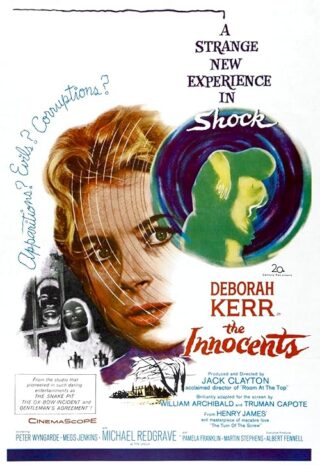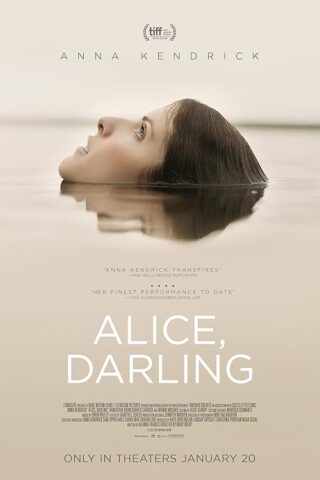

Plot, Themes, and Tone
Pulp Fiction, directed by Quentin Tarantino, presents a non-linear narrative that interweaves multiple interconnected stories involving mob hitmen, a boxer, a gangster’s wife, and a pair of diner-robbing lovers. The film explores themes of crime, redemption, and existentialism through witty dialogues, sudden violence, and dark humor. The plot is intricate, unconventional, and rich with layers of symbolism. The tone of Pulp Fiction is edgy, stylish, and filled with Tarantino’s signature blend of violence and wit.
Acting and Characters
The ensemble cast of Pulp Fiction, including John Travolta, Uma Thurman, Samuel L. Jackson, and Bruce Willis, deliver iconic performances that have become synonymous with the film. Each actor brings depth and charisma to their respective characters, adding layers of complexity to the interwoven narratives. The characters in Pulp Fiction are colorful, morally ambiguous, and memorable in their imperfections.
Direction, Score, and Cinematography
Quentin Tarantino’s direction in Pulp Fiction is bold and inventive, showcasing his unique storytelling style and skillful handling of nonlinear narratives. The film’s eclectic soundtrack, featuring songs from various genres and eras, adds to the film’s cool and stylized vibe. The cinematography is dynamic and visually striking, capturing the gritty urban landscape of Los Angeles with flair and energy.
Production Design, Special Effects, and Editing
The production design of Pulp Fiction captures the retro-cool aesthetic of the 90s, blending sleek style with gritty realism to create a visually engaging world for the characters to inhabit. The special effects are used sparingly but effectively, enhancing pivotal moments of violence and tension. The editing is fast-paced and skillfully executed, contributing to the film’s energetic and immersive storytelling.
Pace and Dialog
Pulp Fiction unfolds at a brisk pace, jumping between timelines and storylines with precision and momentum. The dialogues are sharp, witty, and filled with pop culture references and Tarantino’s unique brand of humor. The exchanges between characters are both mundane and profound, reflecting themes of power, morality, and chance that permeate the film.
Emotional Impact and Audience Resonance
Pulp Fiction leaves a lasting emotional impact on viewers, drawing them into its web of interconnected stories and colorful characters. The film’s blend of style, substance, and sheer audacity has resonated with audiences for decades, solidifying its reputation as a cult classic and a game-changer in contemporary cinema. Pulp Fiction’s innovative storytelling, memorable characters, and iconic moments continue to captivate and inspire viewers with its bold and uncompromising vision.
Audience Section
Audiences have been captivated by Pulp Fiction’s stylish storytelling, vibrant characters, and electric energy that have made it a timeless classic of independent cinema. The film’s blend of crime, humor, and existential musings has garnered a dedicated following among fans of Tarantino’s work, genre-defying cinema, and pop culture enthusiasts. Pulp Fiction’s innovative narrative structure, sharp dialogues, and bold visuals continue to resonate with viewers seeking a cinematic experience that defies conventions and challenges the boundaries of traditional storytelling.
In conclusion, Pulp Fiction is a groundbreaking and enduring masterpiece that continues to captivate audiences with its stylish storytelling, vibrant characters, and bold vision. Its impact on cinematic history and influence on popular culture solidify its status as a true classic of independent cinema.



